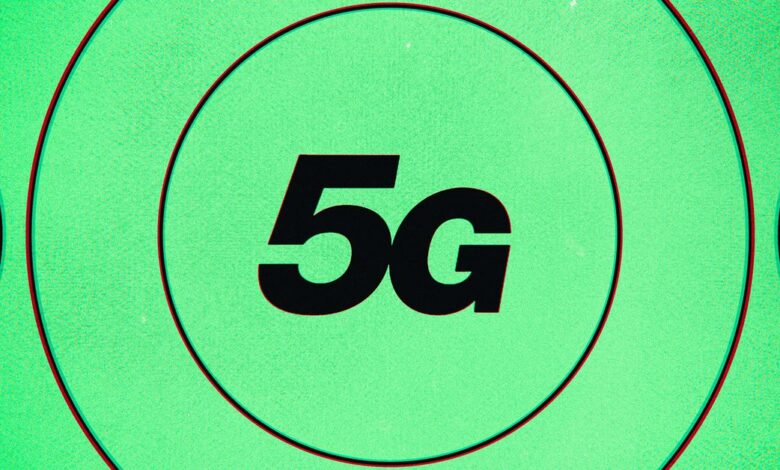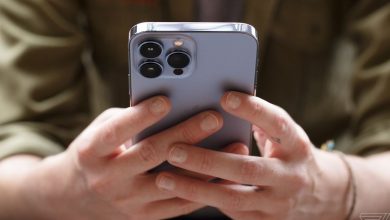The battle between the FAA, AT&T, Verizon, and airlines over 5G

When AT&T and Verizon spent tens of billions of dollars for the rights to use the C-band spectrum for their 5G service, the carriers saw it as a way to expand their networks and make them faster. Those plans, however, sparked a feud with the Federal Aviation Administration (FAA), which warned that the cell signals could interfere with the altimeters that pilots use to land in conditions with low visibility. (Could is a keyword — if everything is working correctly, there shouldn’t be problems, but with jets that can hold hundreds of people, it’s understandable why the FAA and airlines would want a lot of wiggle room.)
Before the carriers activated their C-band equipment, the FAA created rules around how airplanes could land in low-visibility conditions. The carriers agreed to delay their rollouts in November 2021, pushing the date to January 5th, and also said they’d run their equipment at lower power around airports for six months, creating buffer zones and allowing the regulator more time to analyze the situation.
Then, the FAA requested another delay. The carriers initially rejected it before cutting a deal to push the date back to January 15th. As that deadline neared, there was a flurry of activity. A coalition of airlines and shipping companies claimed that the rollout could cause “catastrophic disruption” if it went through, and the carriers announced that they put further limits on their rollout around airports but lambasted the FAA in their statements.
The same day, several international airlines announced that they were canceling flights to certain airports in the US. (The president of Emirates had some scathing remarks about how the situation was handled, calling the rollout “one of the most delinquent, utterly irresponsible issues […] I’ve seen in my aviation career” and saying that the airline didn’t have vital information until a few days before the rollout.)
On the 19th, AT&T and Verizon activated their cell networks, and the FAA cleared additional altimeters, saying that it should allow “an estimated 62 percent of the U.S. commercial fleet to perform low-visibility landings at airports where wireless companies deployed 5G C-band.” The story is continuing to evolve as airlines announce delays or that they’ll be continuing service. You can follow the story as it continues to unfold here.
Source link





